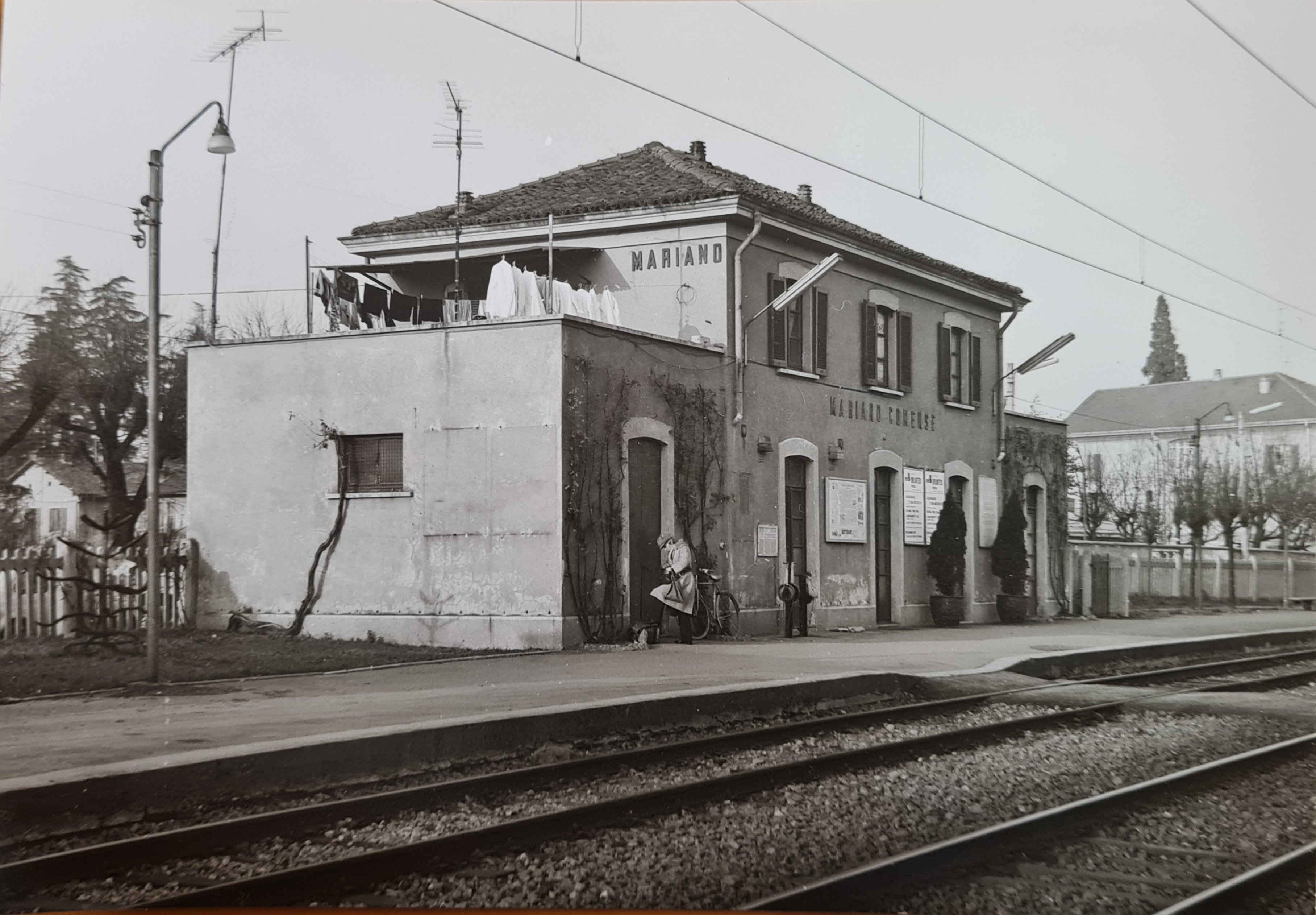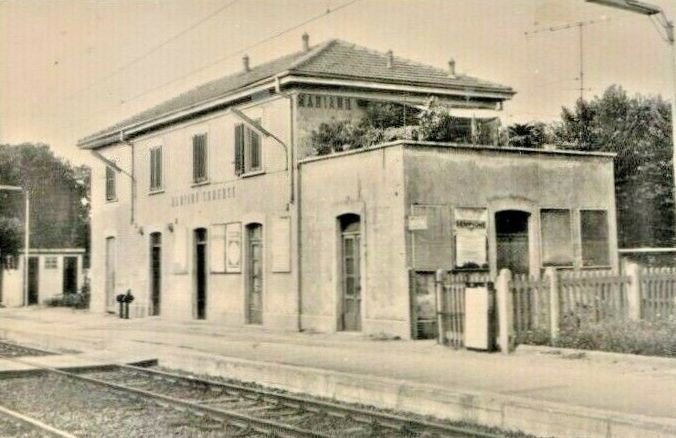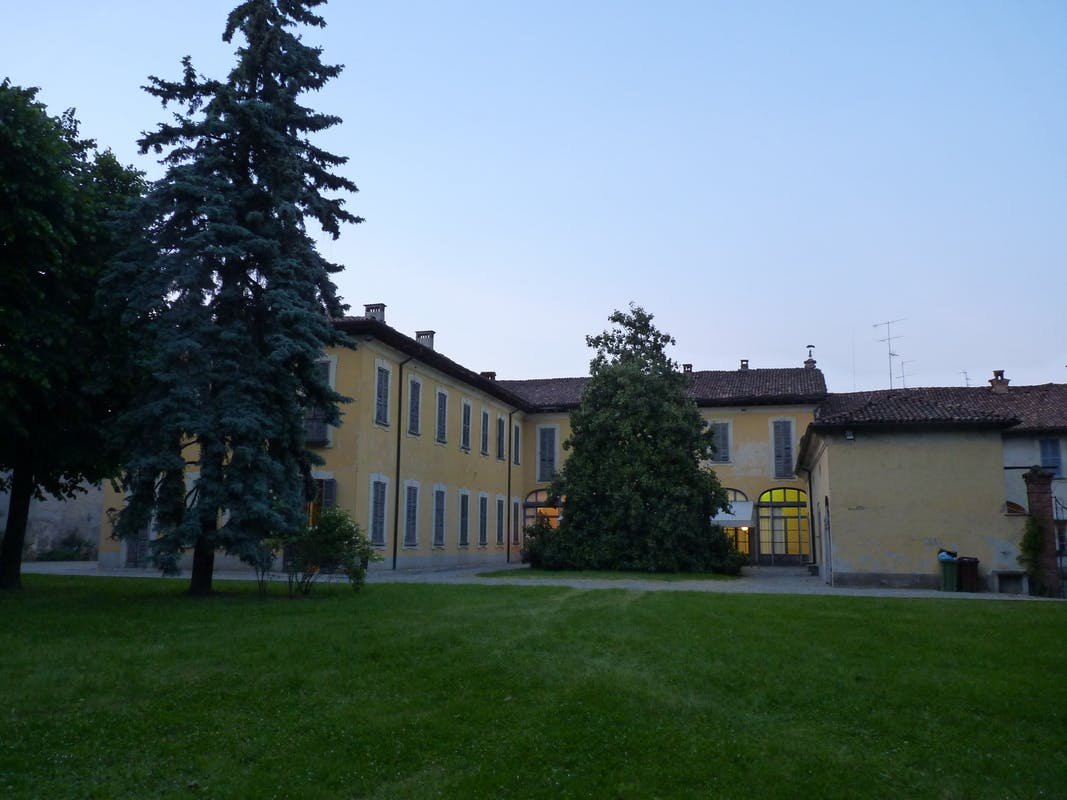Mariano Comense


Mariano is in a strategic position on the border of the upper plain and the Como hills, between the Seveso and Lambro rivers, halfway between Como and Monza and in the north of the Brianza region. The municipal area features three artificial lakes: the first two are on one of the Mariano hills and date back to the 1800s. They were created to contain water used to irrigate the fields of the Belvedere and Mordina farmsteads, and take their name from the latter. These two lakes are part of the Brughiera Briantea Park. The third lake is in the Vivai Park. The town is especially well-known for wood working.
Mariano only started to become a major industrial centre after the Second World War, following the economic boom. Prior to the 1960s, the local economy was mainly based on wheat and corn crops. From 1912 to 1952, the town was also served by the Monza-Meda-Cantù tramway.
Gallery

The station on a postcard from the 1930s 
Postcard from the mid-1950s 
Photograph of Mariano Comense station 
Villa Sormani (950 m from the station): Villa Sormani, with its distinctive double façade: the north façade is modest, unpainted, and free from any decoration, while the south façade is carefully finished in Lombard yellow, with a decorative concrete ledge under the eaves. The villa dates back to 1274, when the Ronzoni family owned houses in the Sumella district (now Via Montebello). When the noble Ronzoni family died out in 1844, the villa was inherited by the Calchi Novati family. In 1961, Count Alberto undertook radical restoration work which brought the villa back to its former glory; following numerous changes, the park of over 4000 m2 is now an English-style garden, the perfect setting for Mariano events.